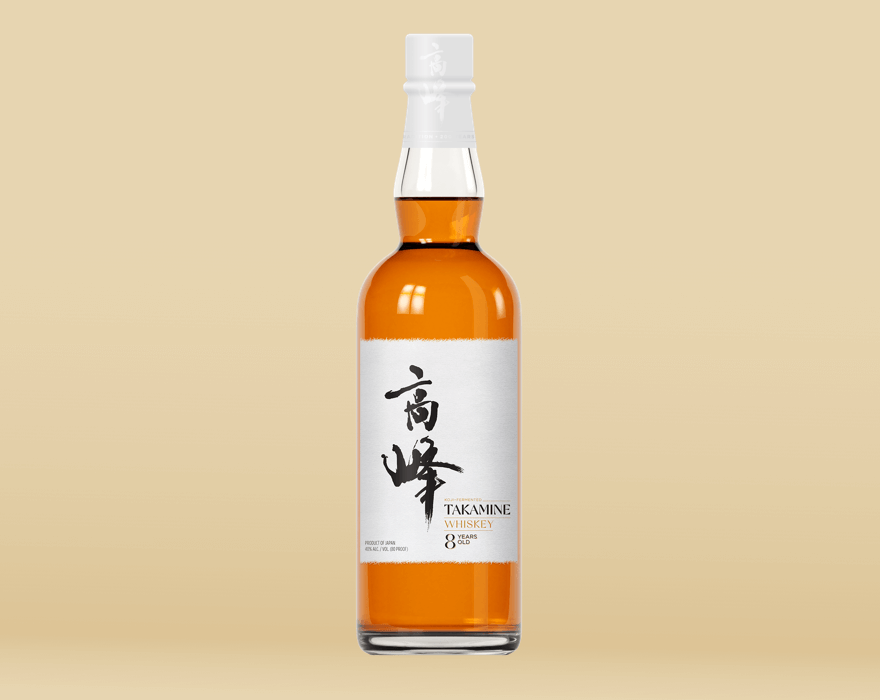Fukano Whisky Vault Reserve #1
A few days back, I posted about Ohishi and how it was a rice whisky, not legally allowed to be called whisky in Japan but allowable for export markets. Let’s dive back into that, and why rice is so important to talk about.
What’s the difference between whisk(e)y, rum, and brandy? There are thousands of answers to this question, but ultimately it comes down to one thing: what you are distilling to get a spirit. Whisk(e)y is from grain, rum from sugar and sugar byproducts (molasses, sugarcane, etc.), and brandy from fruit (brandy is short for Brandywine, literally “burnt wine”). Again, there are myriad nuances to argue, and many legal and extralegal regulations, but ultimately that is the delineation.
So, where does rice fit in here? Japan is a rice-growing culture - the country is mountainous and, where land is relatively flat, population centers dominate. This leaves little flat land for crop cultivation, essential for barley and wheat production. Rice on the other hand can be grown in paddies as well as in terrace farms, and, as is almost always the case, the thing being distilled is simply what is native and in abundance.
Rice is uniquely difficult to distill - or, more accurately, to ferment. Like rye, rice has no inherent enzymes to begin fermentation in the right environment, and so koji fermentation is used. After the rice is cooked to break down the starches, it is inoculated with Aspergillus oryzae, a fungus particularly prevalent in Japan. A. oryzae features in many Japanese fermented foods, including mirin, rice vinegar, sake, miso, and the all-important soy sauce.
Japan has a millennia-long history of brewing and distilling rice spirits - sake, for example. Some broader categories, like shochu, can be distilled from nearly anything: sweet potatoes, sesame seeds, soba, really anything that can be distilled. It’s not quite Japanese vodka, but there is some merit to thinking of it that way in terms of what is being distilled.
So next time you hear about rice whisky being talked down, think about how unique it is to Japanese culture, how it uses techniques originating in Japan, and how, just like bourbon and scotch before it, rice whisky uses the crop most in abundance to create a delicious distilled spirit.
Fukano Whisky Vault Reserve #1: Specs
Classification: Rice Whisky from Japan
Origin: Fukano Distillery
Mashbill: 100% Rice
Proof: 81 (40.5% ABV)
Age: NAS
Location: Kumamoto, Japan
Fukano Vault Reserve Whisky #1 Price: $70
Fukano Vault Reserve Whisky #1 Review: Tasting Notes
Eye: Copper. Medium rim bleeds to medium droplet legs.
Nose: Light and fruity, like driving past an apple and stone fruit orchard.
Palate: Very red-fruit forward - raspberries open the party with a little tingle on the tip of my tongue. Light baking spice in the background from oak that turns creamy. Mouthfeel is coating yet refreshingly light.
Finish: Leaves sticky lips, coating, medium length, and chocolatey.
Overall: The raspberry notes are incredibly refreshing, even when you don’t really need refreshing. The whisky is sweet yet light, a perfect after-dinner treat.
Final Rating: 7.6
10 | Insurpassable | Nothing Else Comes Close (Blanton’s Straight from the Barrel)
9 | Incredible | Extraordinary (GTS, Elijah Craig Barrel Proof B518 and B520)
8 | Excellent | Exceptional (12+YO MGP Bourbon, Highland Park Single Barrels)
7 | Great | Well above average (Blanton’s Original, Old Weller Antique, Booker’s)
6 | Very Good | Better than average (Four Roses Small Batch Select, Knob Creek 14+ YO Picks)
5 | Good | Good, solid, ordinary (Elijah Craig Small Batch, Buffalo Trace, Old Grand-Dad Bottled-in-Bond)
4 | Sub-par | Many things I’d rather have (A.D. Laws Four Grain, Compass Box “Oak Cross”)
3 | Bad | Flawed (Iron Smoke Bourbon, Balcones)
2 | Poor | Forced myself to drink it (Buckshee Bourbon and Rye)
1 | Disgusting | Drain pour (Virginia Distilling Co. Cider Cask)










